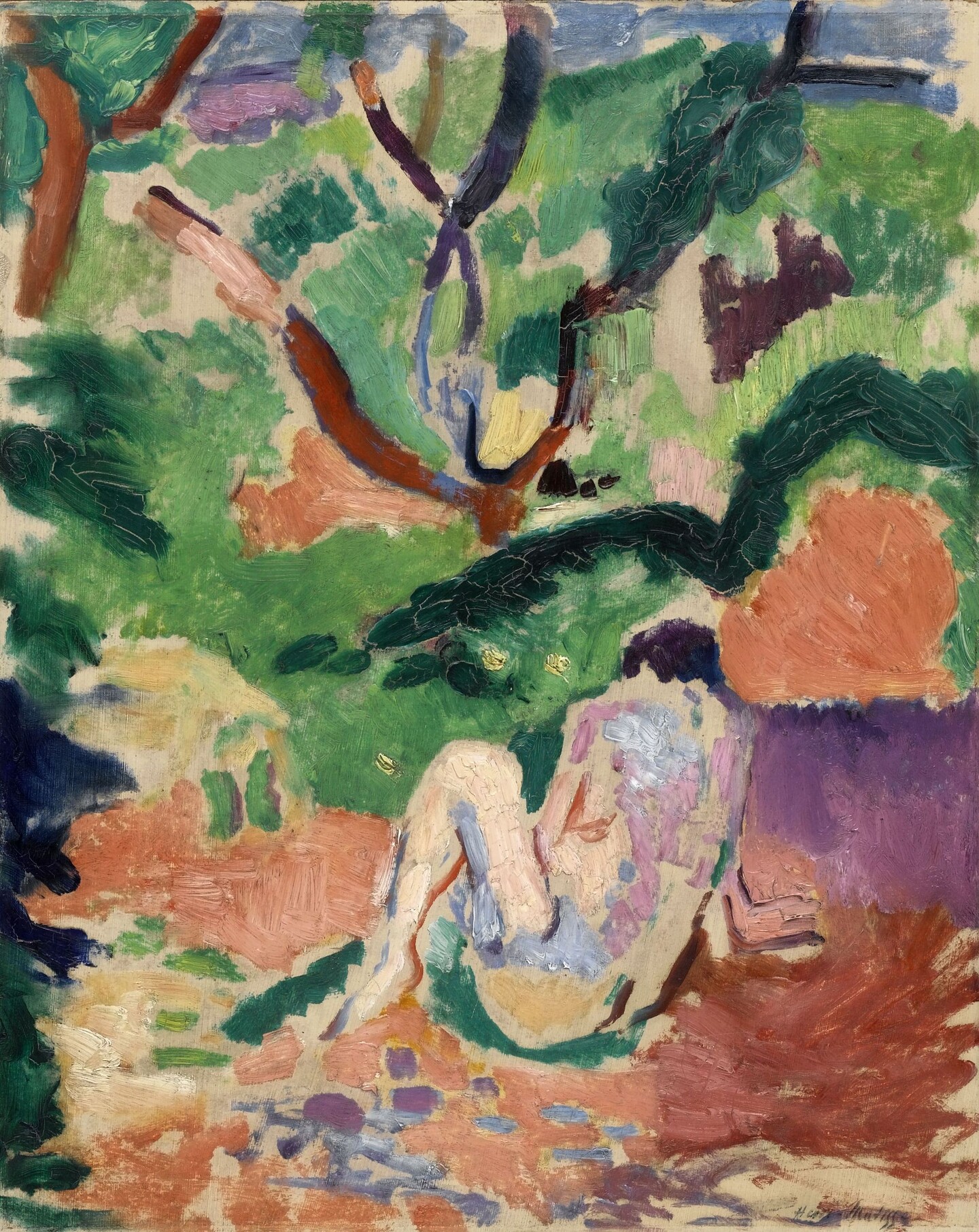Kunsthalle Mannheim
September 27, 2019 – January 19, 2020
Inspiration
Matisse: This special exhibition is to display works by the many
leading artists who built bridges between France and Germany
The first presentation of works by Henri Matisse in Germany in the early 20th century caused diametrically opposed reactions, as some people were fired with enthusiasm while others categorically rejected the painter. Nonetheless, his expressive and richly colored works inspired numerous avant-garde artists. Although a few German art lovers with connections to the Paris artistic milieu had noticed Matisse as early as 1905, the painter’s work did not reach the general public until one or two years later, when some of his innovative paintings were displayed for the first time in Munich, Frankfurt, Dresden, Karlsruhe and Stuttgart as part of a touring exhibition dedicated to French art of the time.
In December 1908, Matisse traveled to Berlin on the occasion of a retrospective of his work that opened the following month and had an impact in the city and far beyond. Nearly all debutant and established German painters visited the exhibition, held at Paul Cassirer’s art gallery. Among them was Max Beckmann who stated after viewing the works: “One shameless effrontery after another.” As for Max Pechstein and Ernst Ludwig Kirchner, who came from Dresden especially for the exhibition, they appreciated discovering an artist with a kindred approach to painting but were shocked by Matisse’s uncompromising style, which was rejected as too scandalous, even in Paris. After visiting the exhibition, the two painters wrote a postcard to Erich Heckel in Dresden with the laconic statement: “Matisse, rather wild.”
Matisse’s work split the German art critic scene: the Francophile progressives acclaimed the new star painter, the revolutionary who continued the trailblazing work of artists such as Van Gogh, Gauguin, Seurat, Signac and Cézanne, while conservatives considered Matisse the vector of a deadly virus threatening the young German painters. And although all critics agreed on the need to renew and empower German art, many of them felt that it was necessary to remain independent from the tendencies developed in Paris.
Matisse traveled to Germany several times: first in the summer of 1908 (Speyer, Heidelberg, Nuremberg, Munich), then during the following winter (Berlin, Hagen) and finally in the autumn of 1910 (again Munich and then Garmisch-Partenkirchen). He encountered art collectors and visited several museums as well as the great exhibition of Islamic art held on Munich’s Theresienwiese in 1910. During his sojourn in Bavaria’s capital city he discovered various noted restaurants, including the Löwenbräukeller. (The picture below showing Matisse and two other men holding half-pint beer glasses was shot in the photo booth that once stood there.) Karl Ernst Osthaus is particularly worth a mention among the numerous personalities that the painter met during his trips: One of his main contacts in Germany, Osthaus was the founder of the Folkwang Museum in Hagen.
There is no evidence that Matisse ever visited Mannheim, but we know that he traveled to nearby Heidelberg in 1908 and saw the Great Tun within the cellars of the castle. In Speyer, another town in the vicinity, he encountered Hans Purrmann, his pupil at the Académie Matisse where he trained some one hundred French and foreign painters between 1908 and 1910. There wasn’t any art work by the master on display at the exhibition held in 1907 on the occasion of the 300th anniversary of the foundation of Mannheim. The Kunsthalle opened only in 1909 and Sally Falk, an outstanding art collector in that city, acquired a sculpture and two graphic works by Matisse just a few years later.
In late 2019, one hundred fifty years after the birth of Henri Matisse, the Kunsthalle Mannheim will present paintings by the French master among works by a wealth of other artists: André Derain, Georges Braque, Charles Camoin, Kees van Dongen, Raoul Dufy, Henri Manguin, Albert Marquet, and Maurice de Vlaminck; Ernst Ludwig Kirchner, Alexej von Jawlensky, August Macke, Gabriele Münter, and Max Pechstein; Rudolf Levy, Oskar and Margarete Moll, Hans Purrmann, and Mathilde Vollmoeller. The dialogue between all these works will open new perspectives and underscore the fact that Matisse was a trailblazing artist who catalyzed the liberating endeavors of many other painters.
A world premiere, the exhibition at the Kunsthalle Mannheim displays works from museums and private collections in Belgium, Denmark, France, Germany, Great Britain, Norway, Spain, Sweden, Switzerland and the US. Among the museums who lent works from their collections are the Nationalgalerie (Berlin), the Pinakothek and the Städtische Galerie im Lenbachhaus (Munich), the Staatsgalerie (Stuttgart), the Musée Matisse (Nice), the Tate (London), the Nasjonalgalleriet (Oslo), the Fondation Beyeler (Riehen/Basel), the Museo Thyssen-Bornemisza (Madrid), the Art Institute (Chicago) and the Metropolitan Museum (New York).
